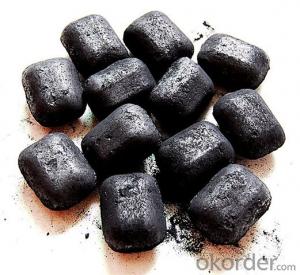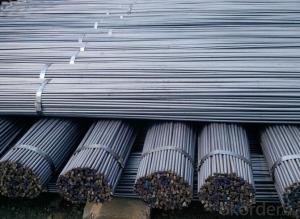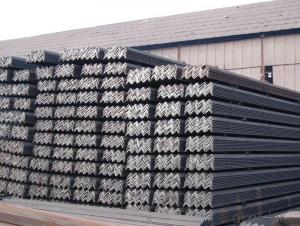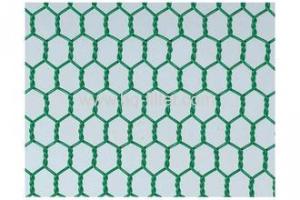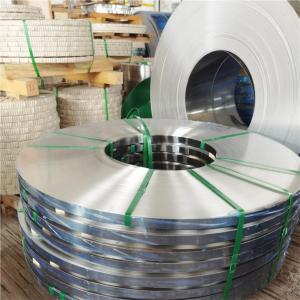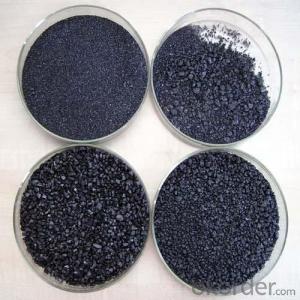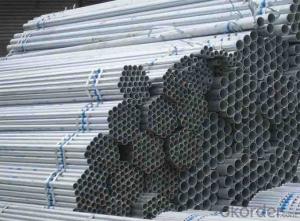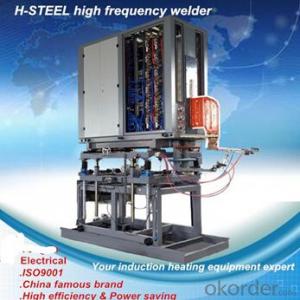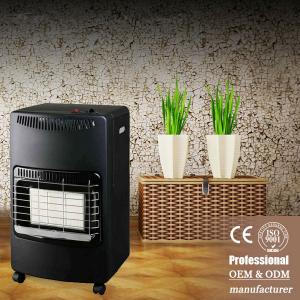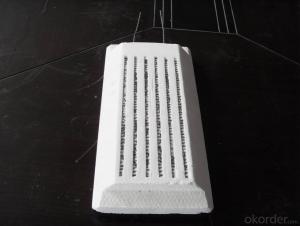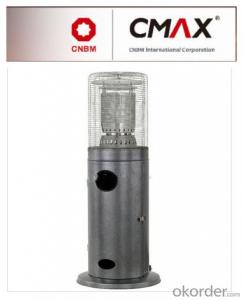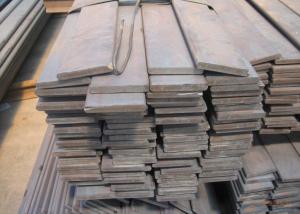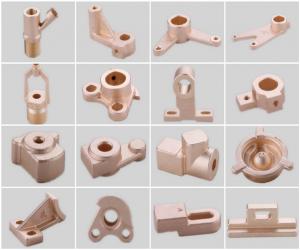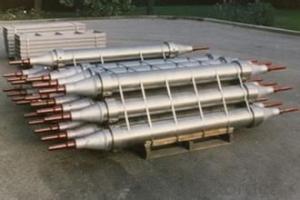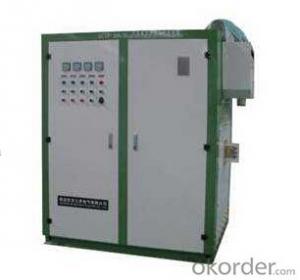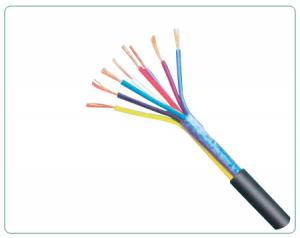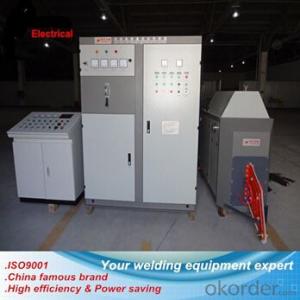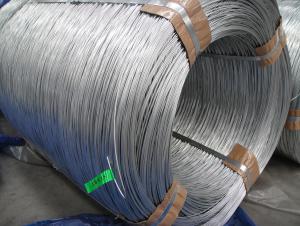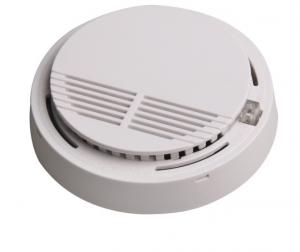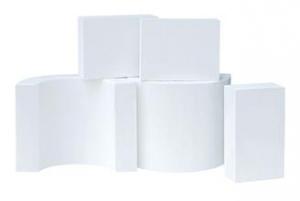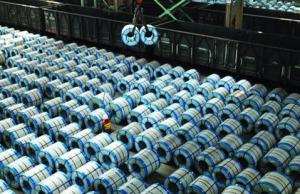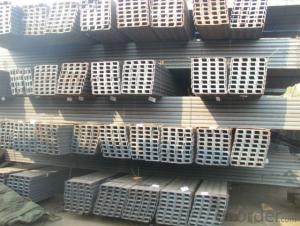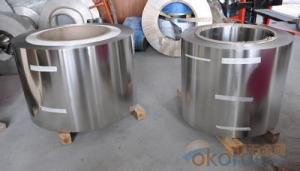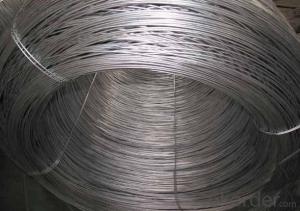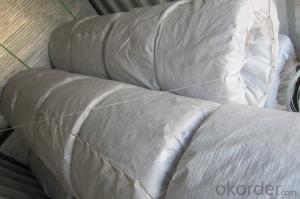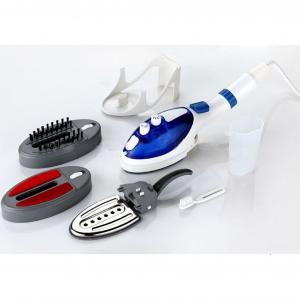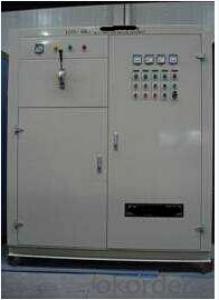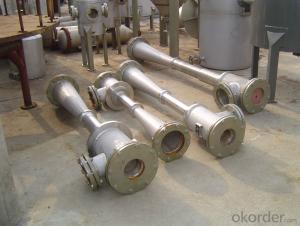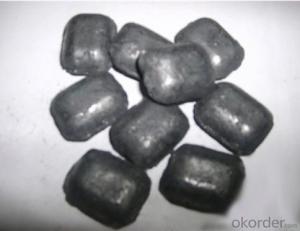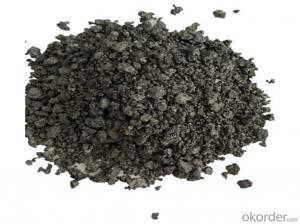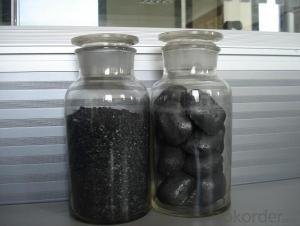Heat Treatment Of Grey Cast Iron
Heat Treatment Of Grey Cast Iron Related Searches
Welding Grey Cast Iron Grey Cast Iron Hardness Grey Cast Iron Structure Cast Gray Iron Heat Treating Stainless Steel Cast Iron Metallurgy Gray Cast Iron Hardness Metal Cast Iron Cast Iron Water Cast Iron Sand Casting Cast Iron Hardness Microstructure Of Gray Cast Iron Cast Iron Casting Defects Heating Maintenance Heat Color Stainless Steel Annealing Cast Iron Hot Dipped Galvanized Steel Casting Stainless Steel Hardness Cast Iron Heat Air Condition Mottled Cast Iron White Cast Iron Painting Galvanized Steel Cast Iron Sphere Heating Hvac Melting Temp Of Stainless Steel Painted Galvanized Steel Hot Dip Galvanized Steel Heating And Cooling Repair Cgi Cast IronHeat Treatment Of Grey Cast Iron Supplier & Manufacturer from China
Heat Treatment Of Grey Cast Iron encompasses a range of processes that are applied to grey cast iron to improve its mechanical properties and durability. These treatments involve heating the cast iron to specific temperatures and then cooling it down in a controlled manner, which results in a transformation of its microstructure and enhanced performance characteristics. The primary goal of heat treatment is to increase the strength, toughness, and wear resistance of grey cast iron, making it suitable for a variety of applications.The heat-treated grey cast iron is widely used in industries such as automotive, construction, and machinery due to its improved strength and durability. It is particularly beneficial in applications where components are subjected to high stress, wear, or temperature fluctuations. The heat treatment process allows grey cast iron to be tailored to meet specific performance requirements, making it a versatile material for various engineering applications.
Okorder.com is a reputable wholesale supplier of Heat Treatment Of Grey Cast Iron, boasting a large inventory that caters to the diverse needs of clients across different sectors. With a commitment to quality and customer satisfaction, Okorder.com ensures that the heat-treated grey cast iron products they offer meet the highest industry standards. Their extensive inventory and competitive pricing make them a preferred choice for businesses looking to source high-quality grey cast iron materials for their projects.
Hot Products
